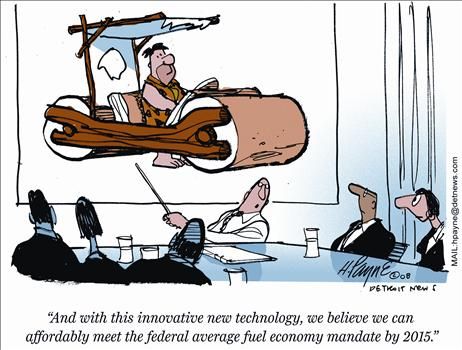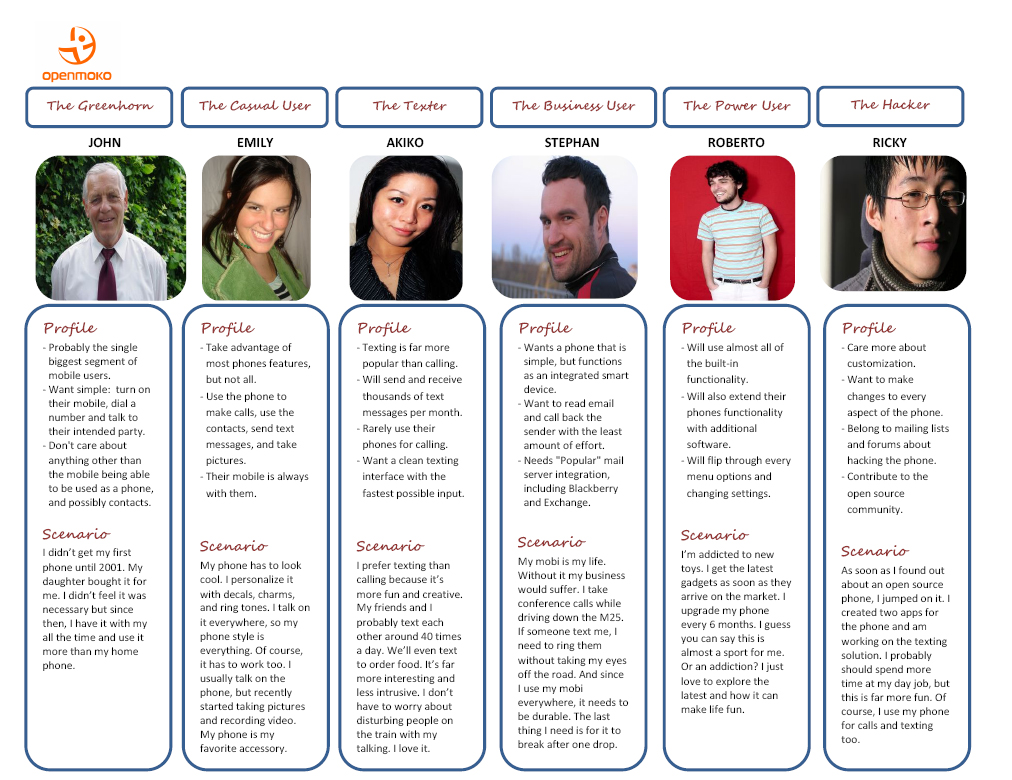Persona Practice: SMC student
2. Demographic attributes: 21, female, caucasian
3. User attributes: quick, easy, uncomplicated
a. Personality: outgoing, confident, positive, energetic
b. Lifestyle, self-image, social position: middle class, generally well-liked and has high self-esteem, usually has friends or a few close friends and many acquaintences
c. Patterns of behavior, habits, daily routines, typical decisions: decisions are made on full details, habitual gym goer, daily routine includes breakfast, class, nap, lunch, class, gym, dinner, socializing
d. Living, working, and other important environments: SMC environment is very tight-knit and close, so all events are well attended and girls typically feel comforted by the number of friends around on campus
e. Beliefs, values, ideals, life goals, aspirations, important motivations: motivations to succeed, find a meaningful path in life, good career, marry a nice guy (usually ND grads), raise a Catholic family, have fun
f. Likes, interests, dreams, passions, hobbies: ND football, careers in nursing, communications and business are all very commmon at SMC, passion for major in college and hometown pride
g. Dislikes, needs, problems, concerns, worries, pet-peeves, pain-points: dislikes SMC's food, buildings do not stay open long enough, Women's Health Center has short hours, cliques, strict rules can be overwhelming
h. Influencers; sources of advice, counsel: friends offer a huge support network as well as influence, Counseling Center is well attended, many girls find they befriend professors and have more of a friendship with them
4. Summary user narrative
a. Quotes from real users: “I am thankful that I went to Saint Mary’s College because it has given me the confidence, positive attitude, and knowledge necessary to succeed in any field in communications.”
“I love being part of a group that helps to preserve memories that will last a lifetime.”
“When I visited for the first time, I found it so empowering to be at a school of very smart, spiritual women educating themselves to make a difference in the world.”



















